Get a taste of traditional style Philly Cheesesteak from your own kitchen with this delicious recipe!
There’s a bit of variety when it comes to Philly Cheesesteaks. Should there be peppers? What kind of melty cheese? If you’re looking for an authentic Philly cheesesteak sandwich, there’s a few things you should know to get the flavors right.
Scroll down to read more about how it all comes together or click here to jump straight down to the recipe.
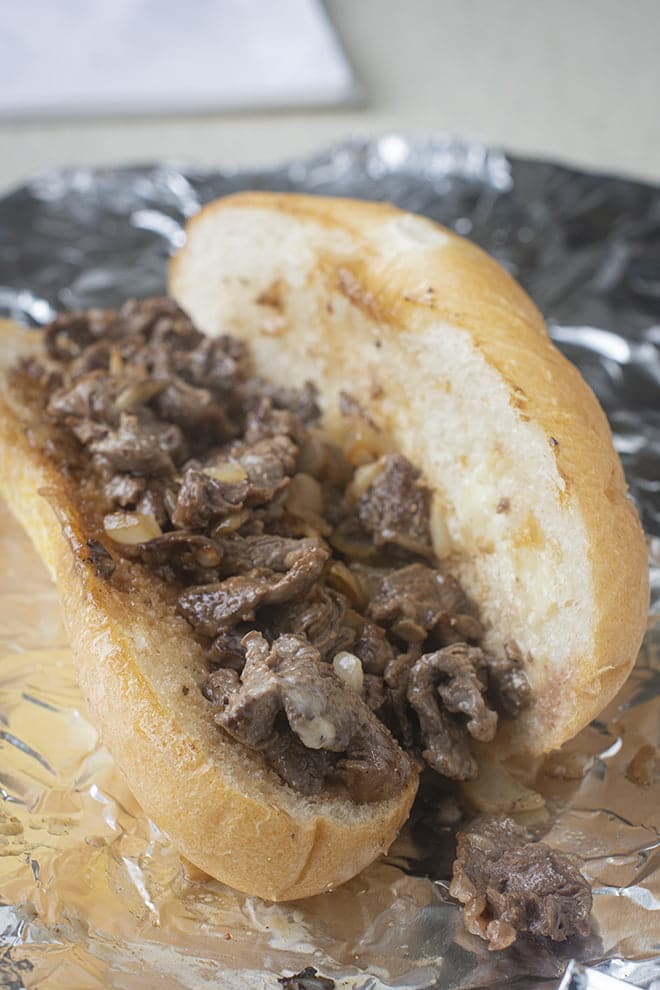
What Is A Philly Cheesesteak?
Philly Cheesesteak is a dish that hails from Philadelphia as far back as the 1930s. Traditionally, it’s a sandwich with thinly sliced beef, onions, and cheese on a crusty hoagie roll. Sometimes additional toppings are added like peppers and mushrooms, like we’ve shown you in this cheesesteak recipe, but we’re going for authenticity today.
The two most famous restaurants for the original Philly Cheesesteak are Geno’s and Pat’s. The main difference between the two are that Pat’s chops it’s steak while Geno’s serves it sliced, like we’ll do today. Geno’s even has a specific way to properly order your sandwich!
What Cut Of Beef Should I Use?
I recommend using a rib-eye steak because it has lots of nice marbling and is very tender. Sirloin would also work well for a Philly Cheesesteak.
You’ll want to get nice thin slices, so make sure you’re using a sharp knife! If you’re having trouble, partially freezing the meat can be helpful like you’d do for beef carpaccio though the slices don’t need to be quite as thin for this.
What Kind Of Cheese Goes On Philly Cheesesteak?
Traditionally, you want to use a mild provolone, white American cheese, or Cheez Whiz. We’re using provolone cheese for the recipe below and melting it on top while the meat and onions are still in the pan.
Putting Together Your Philly Cheesesteak
We’re showing you a different technique for putting together your cheesesteak sandwich than in our previous version. In this more traditional recipe, everything comes together in the skillet.
As the beef and onions cook, you’ll arrange them into piles the same length and width as your buns. Then, the cheese slices go on top and the buns inverted on top of that. This way the cheese melts and the buns warm up all together. When it’s ready, use a large spatula to flip the piles over onto a plate so that the buns are on the bottom with all the delicious beef and onion on top.
More Sandwich Recipes
Looking for another great beefy sandwich? Try my Shredded Beef Sandwich recipe, which is my version of a Chicago Italian Beef. Or get a little fancy with the best Tri-Tip Steak Sandwich ever.
Podcast Episode On Making Philly Cheesesteaks
Listen to me explain briefly about how to make these sandwiches, with some great tips along the way, by clicking the play button below:
Listen to more Recipe of the Day episodes here.
Print
Philly Cheesesteak Recipe
- Prep Time: 10 minutes
- Cook Time: 10 minutes
- Total Time: 20 minutes
- Yield: 2 servings 1x
- Category: Entrée
- Method: Stovetop
- Cuisine: American
DESCRIPTION
Get a taste of traditional style Philly Cheesesteaks from your own kitchen!
Ingredients
- 1 Tbsp. cooking oil
- 1 small onion, chopped
- 1/2 lb. ribeye steak, trimmed and finely sliced
- 4 slices provolone cheese
- 2 hoagie buns
Instructions
- Heat the oil in a large skillet over medium heat.
- Add the onions and cook until just starting to soften, 3-4 minutes. Increase heat to medium high.
- Add steak and stir. Move the meat and onions around to form a single layer and leave it alone for a minute, until it darkens underneath. Stir and continue to cook for 2 minutes.
- Arrange meat in the skillet into two oblong piles that are the length and width of your buns. Top each pile with two slices of cheese covering as much of the meat as possible.
- Use a knife to split the buns lengthwise, cutting about 3/4 of the way through the buns so that they’re still attached on one edge.
- Place buns on top of meat piles. Leave there for a minute until cheese is melted and bun is slightly warmed.
- Use a large spatula to invert the piles of meat onto a plate such that the bun is on the bottom and the meat is on the top.
Love this recipe? I’d appreciate it if you could scroll down and add a *5 star rating* to help others know they’ll love it as well!
This post originally appeared in July 2020 and was revised and republished in May 2024.
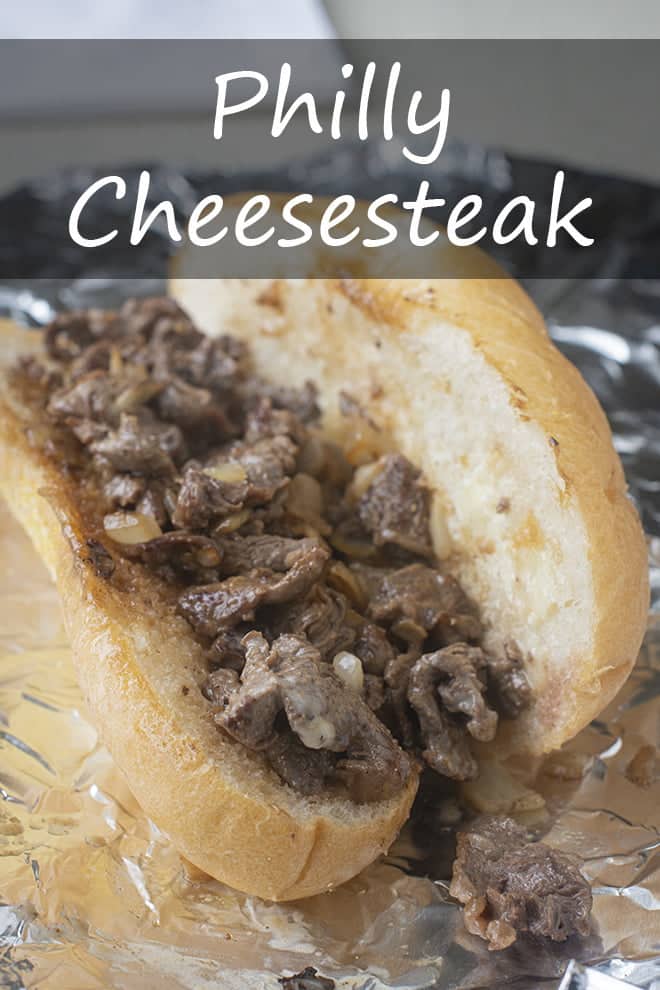

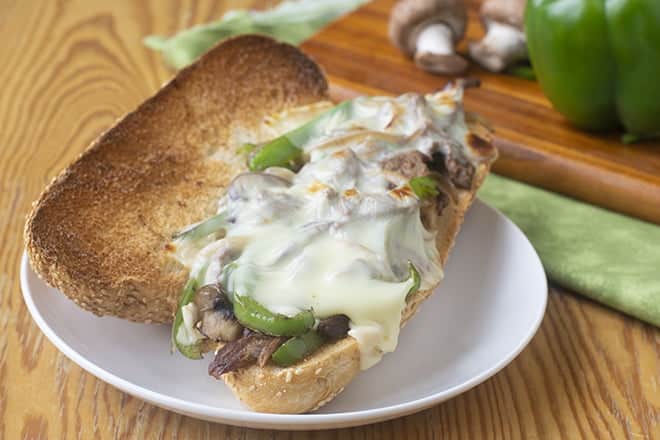
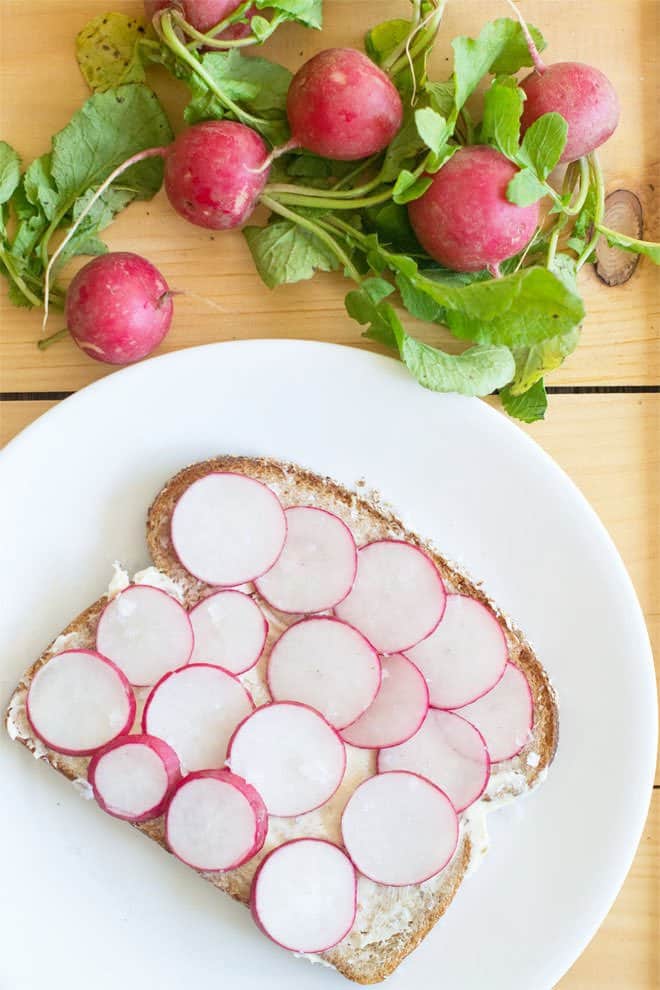
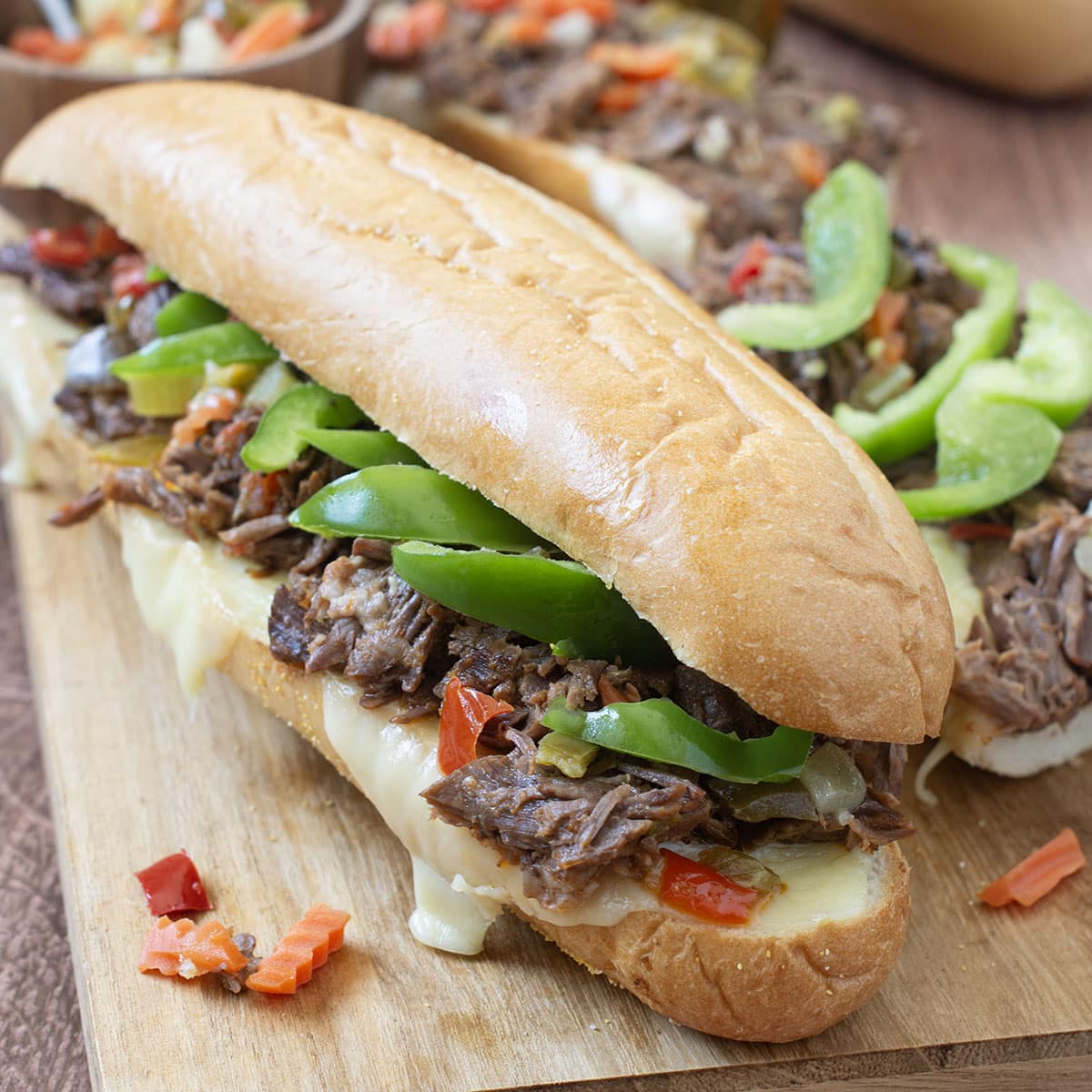
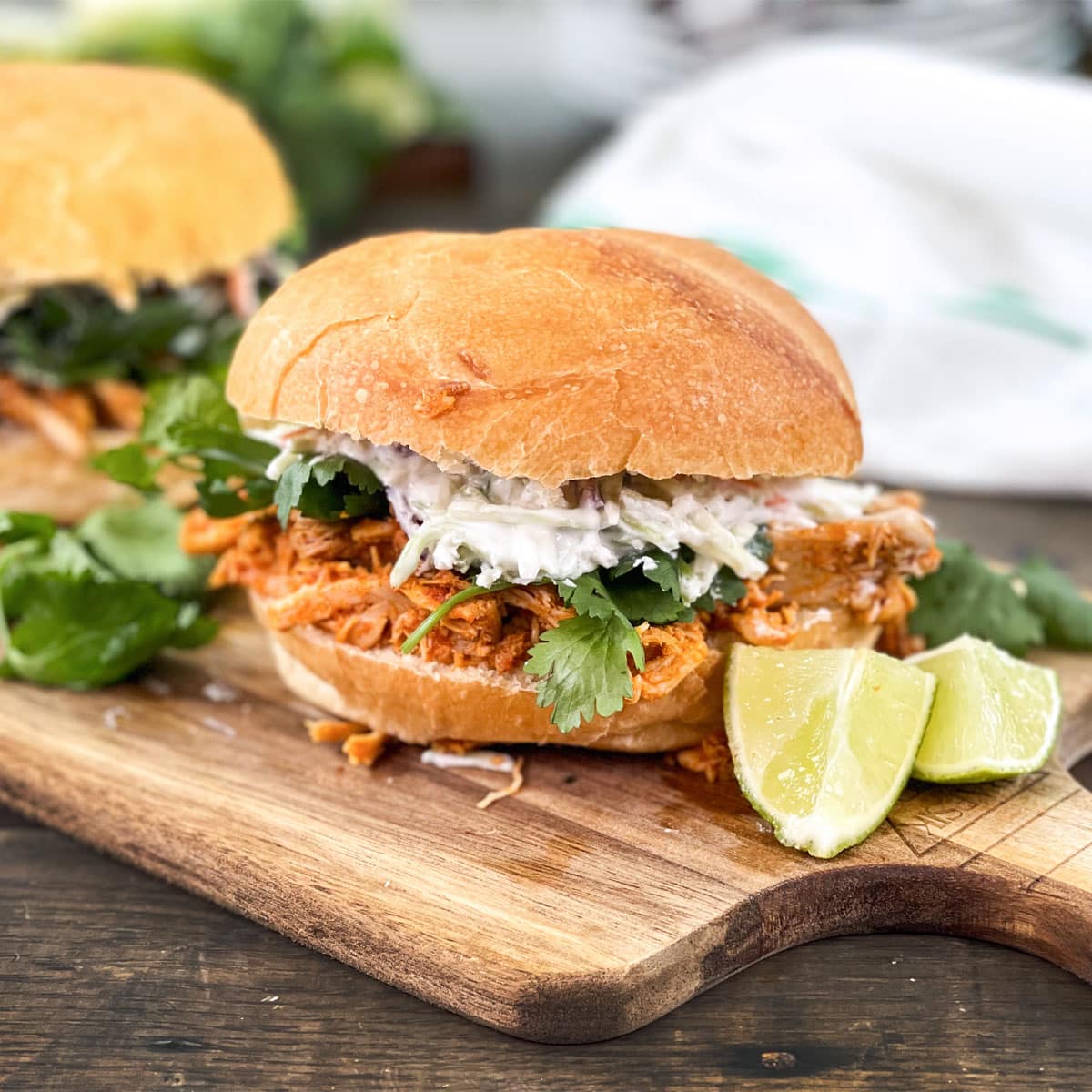



















Leave a Reply